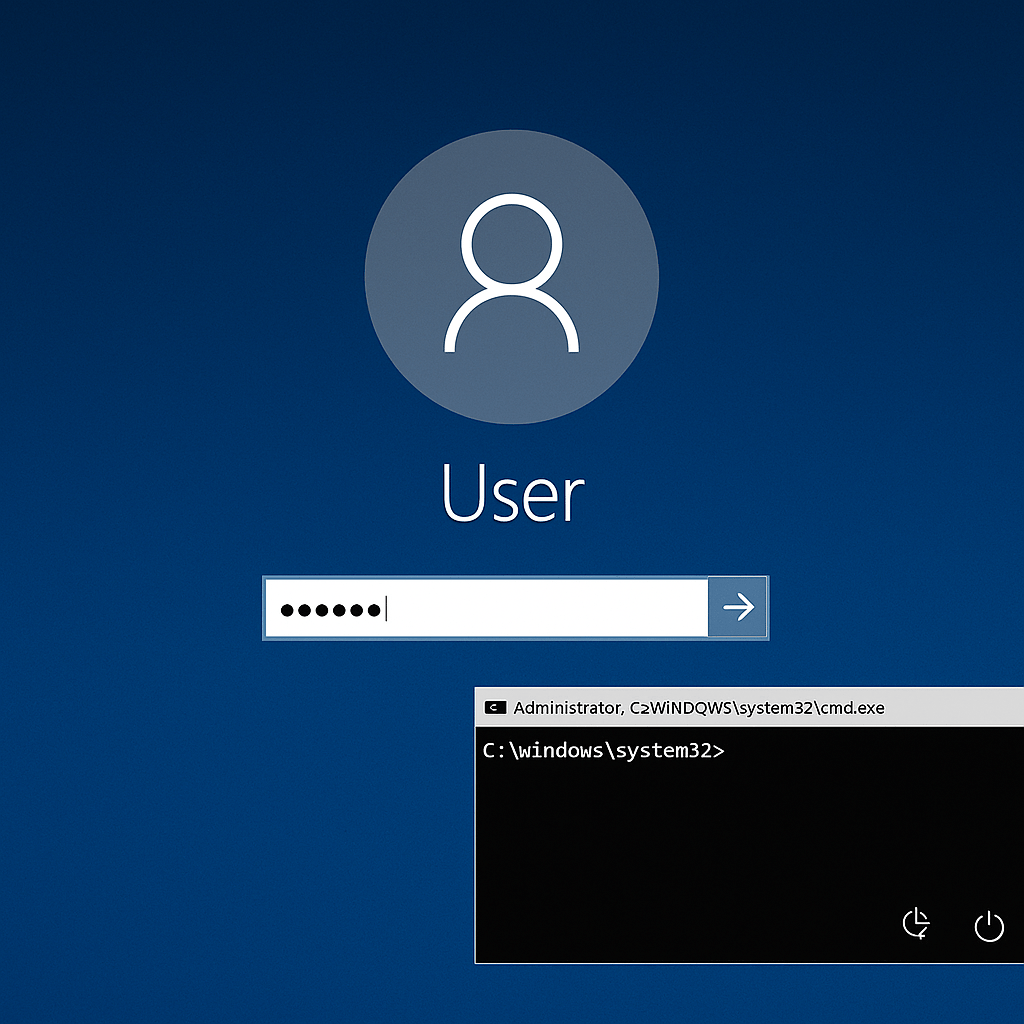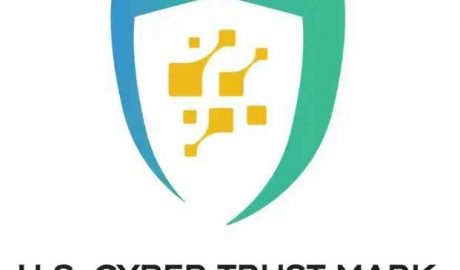In a recent threat intelligence disclosure, Okta has identified the misuse of Vercel’s v0.dev, a generative AI-powered interface builder, by malicious actors to construct sophisticated phishing websites. These sites are capable of impersonating legitimate login portals with alarming accuracy, underscoring a pivotal shift in phishing tactics powered by natural language prompts and GenAI frameworks.
As generative AI continues to lower the technical barrier to cybercrime, this discovery illustrates how threat actors now have low-effort, high-reward tools that enable them to build deceptive attack infrastructure at unprecedented speed and scale.
Overview of the Abuse: What Is v0.dev?
V0.dev is a product of Vercel, designed to generate production-ready web UIs through natural language input. Intended for rapid prototyping and developer productivity, it has inadvertently become a tool for adversaries to build fully functional phishing pages, often targeting users of high-profile platforms such as:
- Okta
- Microsoft 365
- Cryptocurrency exchanges
Attackers simply prompt the AI with phrases like:
“Create a login page similar to Microsoft 365 with a company logo at the top and password field centered.”
The result: A near-pixel-perfect imitation of real login portals, built in seconds.

Technical Insights and Expanded Tactics
1. AI Prompt Engineering to Bypass Detection
Attackers are exploiting prompt engineering — the practice of crafting detailed, purpose-specific instructions for AI models — to fine-tune phishing page generation. By avoiding certain keywords or using subtle manipulations, they can circumvent ethical safeguards and even brand detection.
Example Prompt:
“Generate a clean and professional login page for a cloud services provider. Include email and password fields, corporate color scheme, but avoid using the company’s name directly.”
Such prompts bypass basic brand filters but still yield accurate visual replicas. In some cases, attackers break down prompts into chunks or disguise them in benign-looking templates to bypass moderation systems used in GenAI platforms.
2. Image and Logo Cloning via AI Models
Cybercriminals are increasingly combining AI-based image synthesis tools (like DALL·E or Midjourney) with public scraping techniques to create or enhance phishing visuals. These visuals are designed to build instant trust and credibility on fake pages.
Example Use Case:
An attacker wants to impersonate a cryptocurrency wallet provider but can’t use the logo directly. Instead, they prompt:
“Generate an icon with a stylized padlock and blue gradients to convey trust, with digital lines in the background.”
They then embed this image on the phishing page header or favicon. Some also use SVG obfuscation — embedding malicious code inside vector images — to avoid detection during asset inspection.
3. Leveraging Trusted Infrastructure for Delivery
Threat actors are increasingly relying on legitimate hosting providers like Vercel, GitHub Pages, or Netlify. These platforms are widely trusted, have robust CDNs, and aren’t easily blacklisted without risk of false positives.
Example Tactic:
- Deploy phishing HTML generated by v0.dev onto a public GitHub repository.
- Use GitHub Pages to serve the content on a
github.iosubdomain. - Send spear phishing emails that link directly to
https://microsoft-portal-support.github.io/login.html.
Because of the HTTPS certificate, domain reputation, and clean page code, many endpoint detection and response (EDR) systems fail to flag these links as malicious.
4. Open-Source Cloning Kits and Self-Hosted AI Toolchains
Beyond relying on v0.dev directly, attackers are now:
- Cloning the v0 codebase from GitHub
- Running LLMs locally, sometimes in air-gapped environments
- Feeding them prompts via scripts to batch-generate phishing templates for dozens of brands simultaneously
Example in Practice:
A phishing group installs a local instance of v0-like functionality combined with a model like LLaMA2. They then execute:
brand in amazon paypal okta dropbox; do
generate_login_page.sh --brand $brand --output /sites/$brand/index.html
done
This process allows them to generate dozens of unique login pages within minutes, all highly realistic and brand-consistent.
Some groups are even training small LLMs on real HTML from login pages using scraped public assets, which lets them generate new phishing pages without ever querying an external API — a major win for operational security.
Implications for Identity Security
The convergence of Generative AI + Credential Phishing makes traditional phishing detection techniques (such as URL reputation, domain fuzzing, and visual mismatch) increasingly obsolete.
High-fidelity phishing sites are now:
- Visually indistinguishable from legitimate interfaces
- Hosted on well-known platforms
- Created at scale using automated prompt batches
Defensive Measures Recommended by Okta
Enforce Phishing-Resistant Authentication
Deploy solutions like Okta FastPass, which binds authentication cryptographically to the origin domain. This ensures that credentials can’t be reused outside the intended endpoint.
Tie Access to Trusted Devices Only
Use device trust policies to block access unless the endpoint is enrolled and compliant with security baselines (e.g., EDR presence, OS version).
Deploy Behavioral Analytics
Monitor deviations in login behavior (geo, ASN, timing anomalies) using Okta’s Behavior Detection and Network Zones, and require step-up authentication when detected.
Boost Security Awareness Training
Update user training to reflect AI-enhanced phishing campaigns, including:
- “Perfect clone” attacks
- Phishing sites using HTTPS and valid branding
- Behavioral baiting techniques (e.g., false timeouts, fake MFA prompts)
Strategic Considerations for Cyber Leaders
- Revise phishing simulations to include GenAI-generated interfaces.
- Audit internal use of GenAI tools to ensure no exposure via public LLMs or plugins.
- Collaborate with cloud service providers to develop automated reporting and takedown pipelines for malicious content built on their platforms.
AI-driven phishing marks a paradigm shift in cyber threat operations. What once required skilled developers and manual design work can now be fully automated by AI tools. The democratization of deception via GenAI means defenders must evolve their tools and tactics — not just their training.
The age of amateur phishing is ending. The era of AI-powered impersonation has begun.

Information security specialist, currently working as risk infrastructure specialist & investigator.
15 years of experience in risk and control process, security audit support, business continuity design and support, workgroup management and information security standards.










